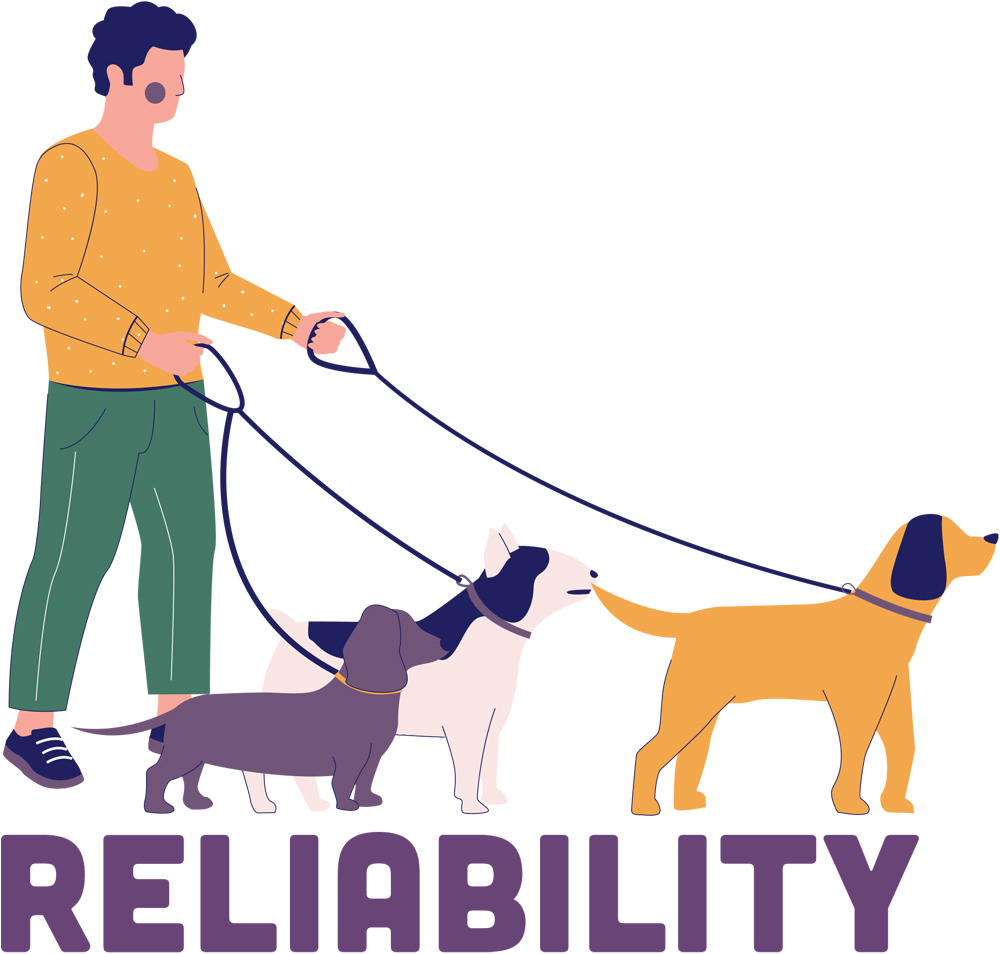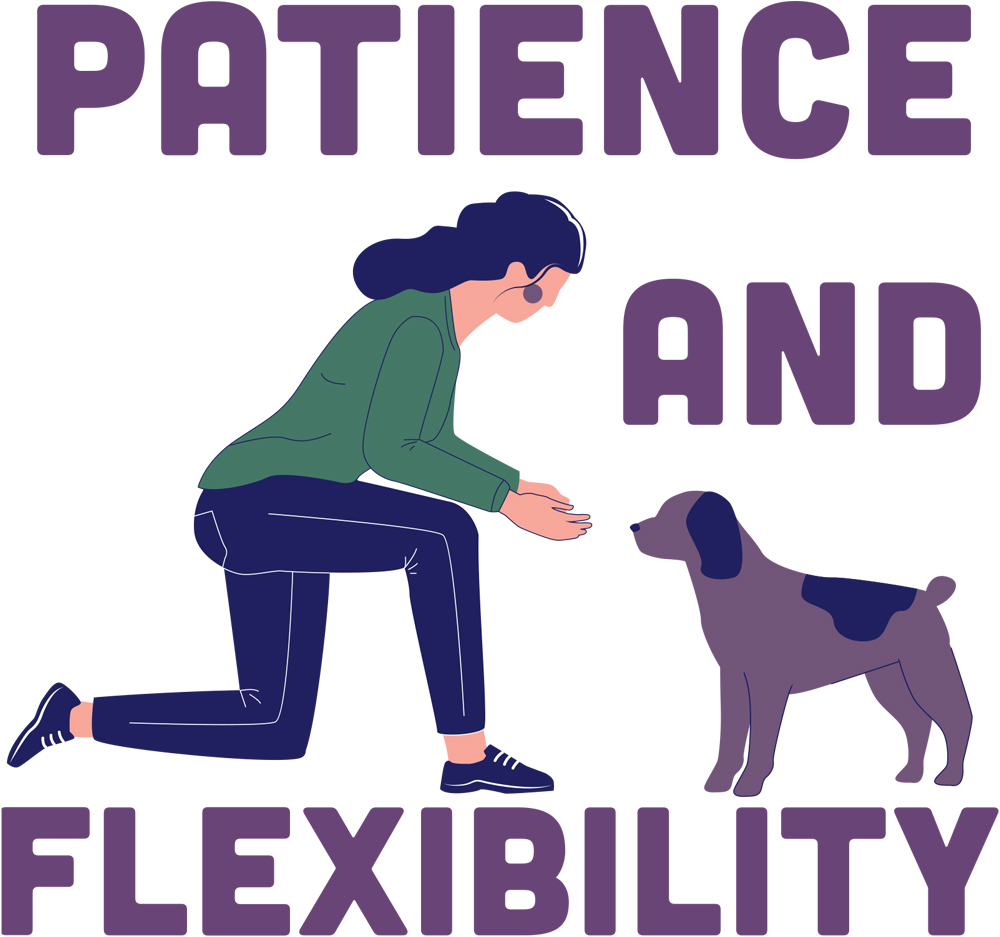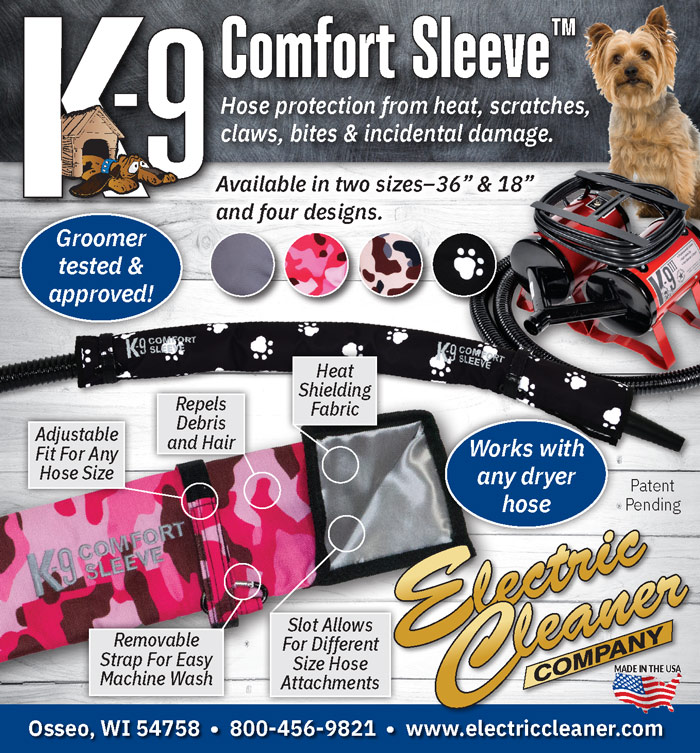
by Daryl Conner
Photos by Animal Photography
 hat is it that makes a groomer good at what they do? I pondered this question recently when I was referring a customer whom we could not help to another stylist in our area—someone I considered good at what they do. My curiosity led me to ask other groomers what they thought made for a successful pet styling business, and here is what we came up with!
hat is it that makes a groomer good at what they do? I pondered this question recently when I was referring a customer whom we could not help to another stylist in our area—someone I considered good at what they do. My curiosity led me to ask other groomers what they thought made for a successful pet styling business, and here is what we came up with!
Furthermore, letting human customers see how much we genuinely care for their pets is paramount. It can be easy to assume that people know we feel deeply for their animals, but showing it is vital to make customers understand why they should choose you as their pet stylist.

Grooming educator Barb Hoover said, “Empathy, compassion, understanding dog behavior, and having basic training skills are important. How a dog behaves on the table is probably 80% related to the groomer’s handling skills. Not every dog can or will stand like a statue. A good groomer knows how to do cooperative grooming, which often means allowing the dog some freedom of movement to allow the process to be as comfortable as possible for them. Cross-tying every dog to a pole and expecting them all to stand like statues and have the same range of motion just sets the groomer up for failure.”
Dawn Omboy, “The Queen of Color,” added, “The ability to read each dog, work around their quirks and fears, and instill confidence. The dog’s mental state is more important than a perfect haircut.”

In a world where it is increasingly difficult to find people in any industry who will return phone calls and be available when they promise they will be, being reliable is more important and refreshing than ever. If you arrange an appointment and service, or even promise to return calls at a specific time, it is crucial to do as you promise. Customers are increasingly impatient because reliability is at an all-time low in many areas. Being habitually reliable is a great way to win customer loyalty.

It also means that if a customer voices dissatisfaction, we take time to listen to their complaint without becoming defensive. After listening, we should repeat back what we heard so the customer knows we listened, and then offer some solutions to solve the problem in the future. For example, if a customer says their dog came home and acted very itchy after the last visit, you might say, “I’m so sorry that Chloe was uncomfortable. Let me suggest we try using a hypoallergenic shampoo and conditioner this time and see what happens. I’ll keep careful notes so we can determine the problem and prevent it from happening again.” This lets the customer know you understand the situation and are willing to try to help. To go a step further and call to check in on how Chloe feels the next day shows your commitment to the wellbeing of the pets.
Groomer Sandy Heath says, “I admit, whenever I’ve nicked an ear or whatever, my first thought is if it’s something I might not have to mention. But I always do. To say that I abhor confrontation is putting it mildly, but I always disclose everything.”


Any job that involves working with animals and people requires endless patience. Being flexible in how you approach a variety of pets and their behaviors is an essential aspect of being a successful groomer. For example, we groom a dog that has very low bite inhibition. I usually prefer to groom a dog’s head and face last to balance it nicely to the body trim. However, this particular dog becomes more apt to bite the longer we work on him, so we have adapted to grooming his face and head first while he still has a sense of humor about the process, and then we groom his body. Making this small change in the pattern we normally work makes the difference in being able to finish the groom without anyone getting bitten.
So, what makes a good groomer? Knowledge of proper styling is essential, of course, but there is more to it than that. The best groomers blend a wide variety of skills, mixing them with an abiding love of animals and a true passion for their work to create an image that is admired by both customers and others in the pet industry.

